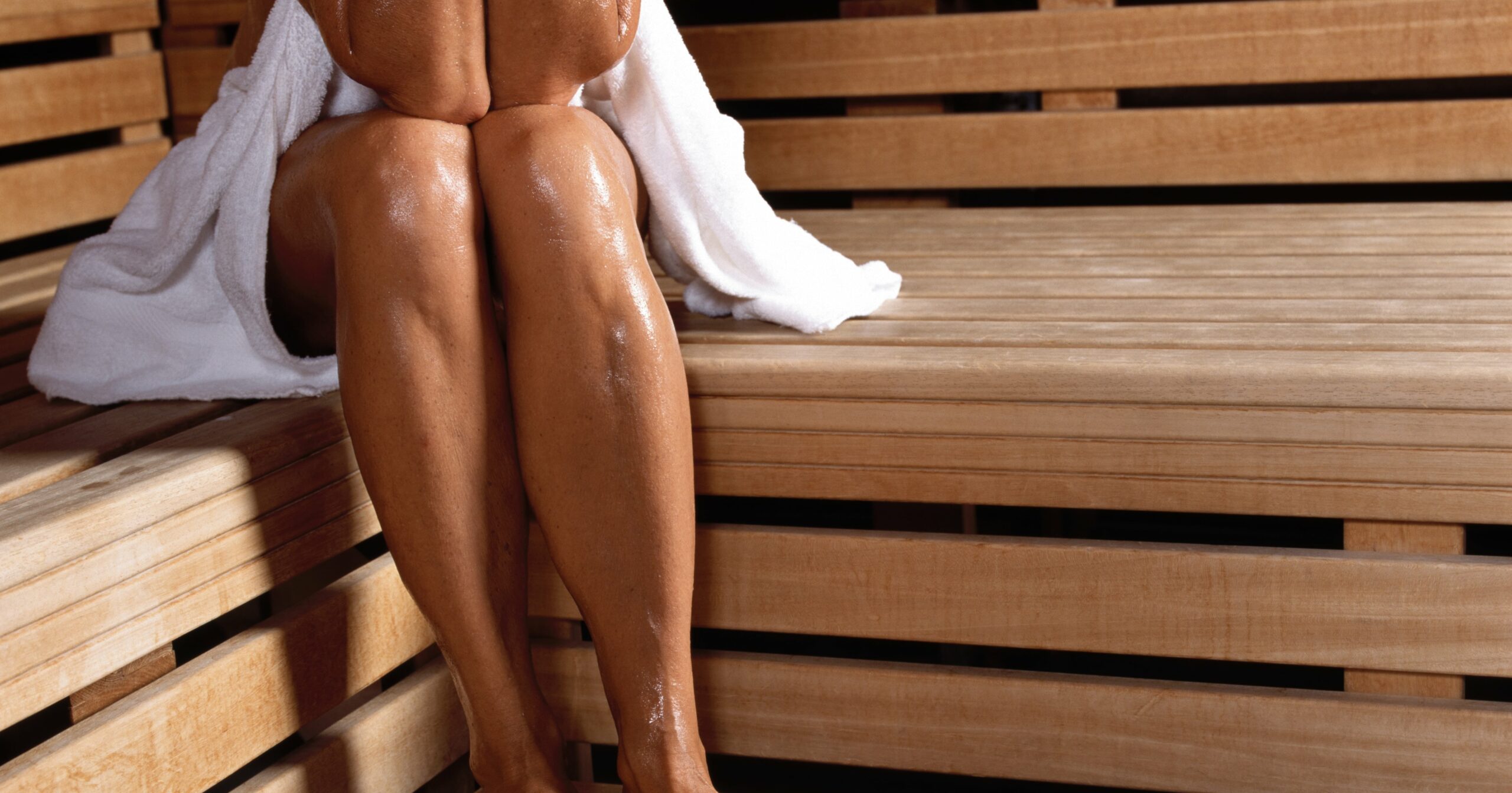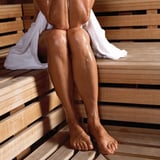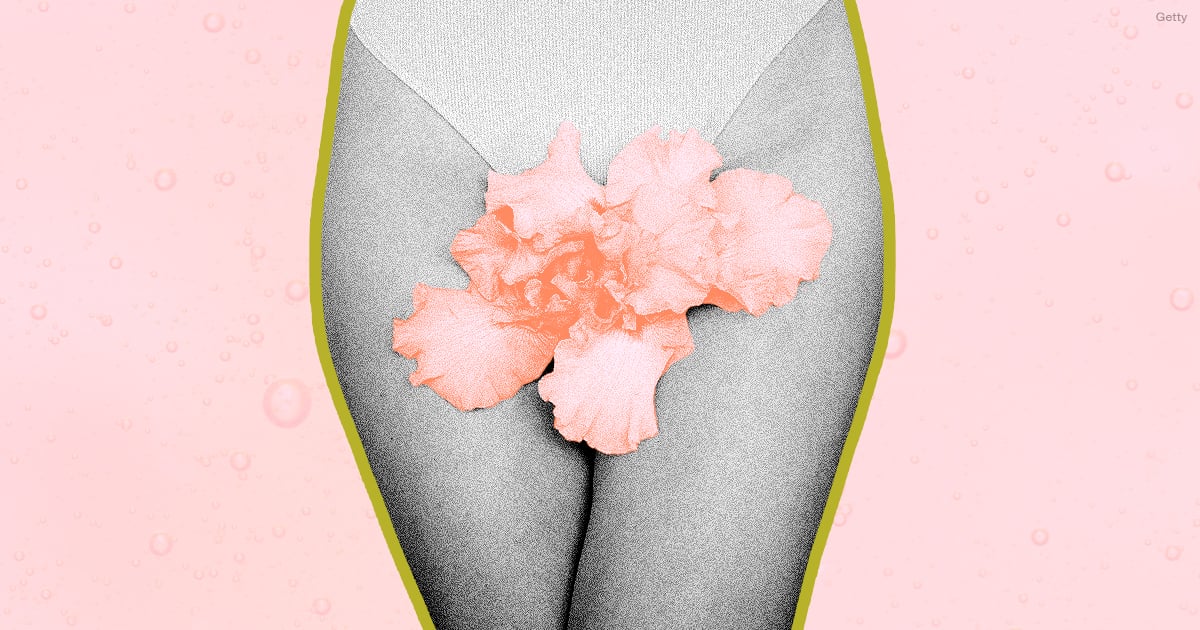A few years ago, a classmate in a non-fiction creative writing course I took in college turned in an essay that I’ve never quite forgotten: a 25-page piece all about her Finnish origin and her family’s practice of daily sauna-ing.
Until her piece was passed out for peer review, I assumed most folks’ sauna routine mimicked mine; that is, they hit the sauna roughly once per year, during a visit to a trendy spa or bathhouse for a rare “self-care” day or for a friend’s birthday or bridal shower.
I was wrong. As I learned from my classmate’s piece, in Finnish culture, sauni-ing is not just a thing you do, but rather, a way of life. Finns literally invented the sauna, over 2000 years ago, and it’s truly at the core of their culture. As my classmate put it, sauna-ing is a practice of meditation, love, family, honoring your body and, of course, taking care of your own health and wellbeing.
Oh, and one more thing that stuck with me from my classmate’s essay: you may be pronouncing sauna – the only Finnish word you can find in the English dictionary, meaning “bath” or “bathhouse” – incorrectly. (I was!) It’s pronounced SOW – rhymes with wow! – NAH, not SAW-NAH. And according to this classmate (who surely couldn’t have imagined how often I’d think of their essay, or that I’d be writing about it now, years later), saying SAW-NAH vs. SOW-NAH would be enough to get yourself uninvited to her family sauna.
Finally, after thinking about that 25-page essay and what it had taught me about the practice of sauna-ing for a few years, I decided to give it a real go. Sure, I could have visited a spa like Bathhouse more often, but some light online research led me to another option. I discovered that some people opt for installing an at-home sauna, too.
This may sound extreme for someone who, until that point, had only spent about five minutes in a sauna once a year. The truth is, it was extreme. But I couldn’t stop wondering what my day-to-day would look like if I took sauna-ing as seriously as my morning coffee. Would my body and mind feel much lighter? How would other areas of my life change if I accepted the sauna as a way of life?
So, I did it. I installed an at-home sauna, and sat in it every day for one month straight. Here’s what happened.
Week One
In case you’re unfamiliar, the practice of sauna-ing involves sitting in a heated, wooden room. Saunas can be dry, meaning they use hot stones or an electric heater to raise the room temp, or wet, meaning they use some sort of steam generator to create humidity as well as heat.
My sauna was dry and the thermostat hovered around 150 to 175 degrees Fahrenheit. .
While some people really don’t like the heat of saunas, as someone who opts for hot yoga over “regular” classes every time, I wasn’t too intimidated; I expected that my first few days of sauna-ing would remind me of stepping into my yoga studio after taking a few weeks off.
My inaugural visit to the sauna was a little more difficult than I expected, though. Stepping in, I felt immediately too hot and slightly winded. I sat on the wood stark nude – a nod to Finnish tradition. I managed to make it a whole five minutes, before feeling overheated enough that I had to step outside.
While showering off, the afterglow set in. I felt tingly and refreshed, and that feeling stuck with me all day – then, as my experiment continued, all week. I started to look forward to my sauna session each morning, since it was such a reliable pick-me-up.
Week Two
When week two arrived, I was mostly excited to see if I could extend my sauna sessions past five minutes. While one small, older study published in the Medical Journal of Austria found that just three minutes of sauna-ing can improve cold symptoms, a review by RMIT University of 40 studies notes that Finnish sauna sessions mostly last from five to 20 minutes; much longer can put you at risk of issues like dehydration or blood pressure fluctuations, according to Harvard Health Publishing.
With that goal in mind, I brought a big jug of water into the sauna with me, laid out a towel beneath me, and tried to settle in for the (relatively) long haul. Each day, I tried to add on a little more time, and by the end of the second week, I was good to sit for 15 minutes fully, which felt really good on the chillier mornings.
Did I notice any big differences, though? I still felt tingly after my sauna sessions, but I’d say the biggest thing I noticed was a change in my skin texture. When I showered after, I could tell my skin was plumper and soaked up my skincare regime differently than when I didn’t sauna. As a skincare junkie, this was an unexpected, but happily welcome side effect.
Week Three
They say it takes a person an average of 66 days to truly form a habit. But stepping into the sauna on week three, at day 15, I felt like sauna-ing could quickly become a daily ritual of mine.
This week, my goal was to stay in for 20 minutes, and use this time to center myself. As someone who has suffered from anxiety and depression, I typically journal or use a meditation app for ten minutes at the start of my day, so I thought, “Why not meditate in the sauna?”
Now, in addition to the water jug and towel, I brought with me a water-proof speaker so I could play my morning meditation guide. The combination of heat and mindfulness was really nice. Every day, I noticed that it felt good for me to have a space meant solely for my own relaxation and grounding. Instead of being distracted by the noise of my upstairs neighbor, or my computer calling to me, I was able to tell myself, “This is sauna time, nothing else.”
Week Four
By day 22, I was really loving the daily sauna life. Every morning, I grabbed my water, towel, speaker, and of course, I had my birthday suit on just for the occasion, and sat in the sauna by myself.
It was during week four that my classmate’s sauna piece popped into my head yet again. I remembered how she said that for her, sauna-ing wasn’t just about sweating, but about being with herself. I’d say that’s how I felt this entire week. I already love alone time, but the sauna now felt like my very own sanctuary to do just that.
By this time, I also felt like the actual benefits touted about sauna-ing – relaxed muscles, stress management, improved sleep – started to kick in, too. I’m super tense, especially around the shoulders and neck, but I found that I felt a little less tight in general. Plus, according to my OURA ring, my sleep score and resting heart rate had improved in comparison to my previous month.
What Did I Learn From Sauna-ing?
So, what did I learn from sauna-ing? Did it actually change my day-to-day? Could I follow along with the Finnish and adopt it as a ritual? After doing it every day for a whole month, I absolutely think so.
While sometimes it’s easy to say something has benefits and you should do it, we know it’s not always the case, especially when it comes to health kicks. But with the sauna – a 2000-year-old invention – I had high hopes. And while different bodies will respond differently to lifestyle changes, I’m happy to say that I did enjoy some noticeable benefits: better sleep, improved mental health, less muscle tension. I can’t speak to some of the other benefits, like improved heart health, but I was happy with what I experienced.
For me, though, the biggest takeaway I had from my month-long sauna experience was this: it gave me a mental health routine I actually looked forward to. I was able to have a space that came to feel sacred, soft, and heart-opening. Even when I woke up not feeling my best, I could go to the sauna and reflect. I found that my classmate was right about what she had said: Sauna is not just about sweating out toxins or sitting naked in a wood box. It’s about giving yourself the space and time to be with yourself.
Would I recommend sauna? Yes. While I won’t go so far as to say that everyone has to literally build a sauna in their house like I did, I think anyone could get at least some benefit from adding a regular sauna session into their routine, if they’re able to. Would I consider it a new life hack? Honestly, it just might be. Do I refer to it as SOW-NAH vs. SAW-NAH now? You better believe it.
Hayley Folk (she/her) is a freelance writer, editor, and podcast host based in New York City. She is the host of the “Naked Folk” podcast – a sexual wellness and relationships podcast – and she writes for major publications about the LGBTQ+ community, travel, lifestyle, sex, and wellness. In 2022, she received her master of fine arts in creative writing from The New School.




